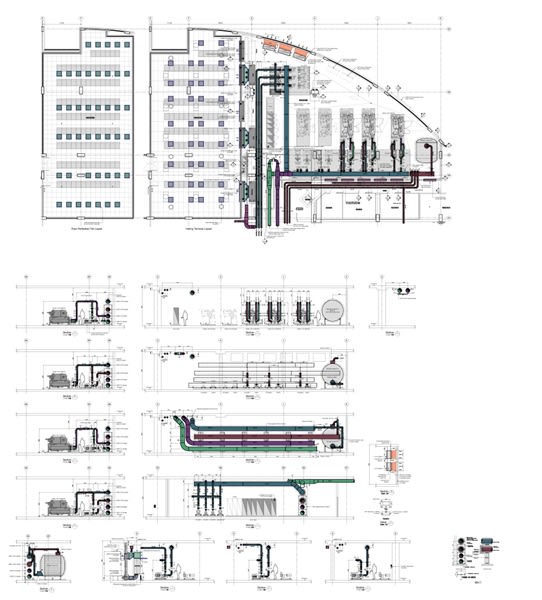DeepBlues
Marine/Ocean
- Feb 25, 2002
- 13
Does anyone have information on the coefficient of friction for hard steel on hard steel subsea? The steels will not be lubricated, but obviously they will be wet!
Any input or direction is appreciated.
Any input or direction is appreciated.




